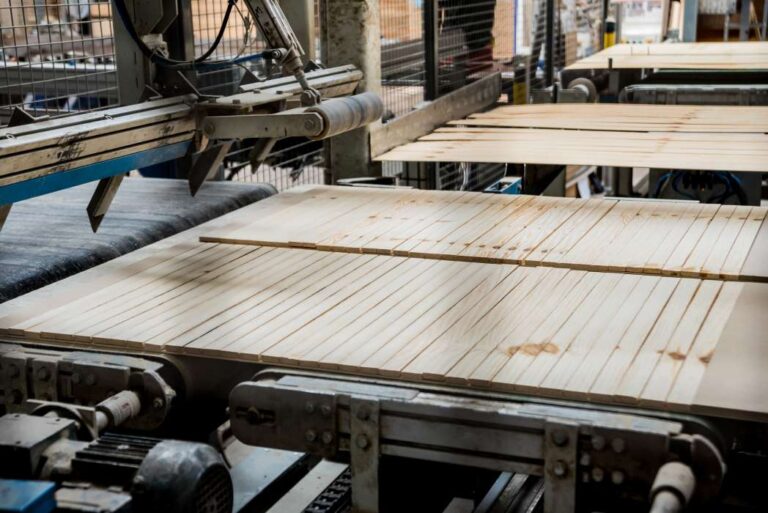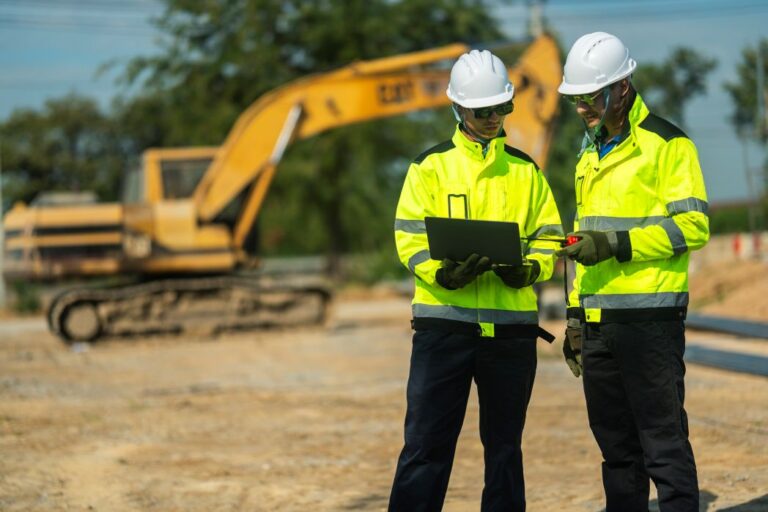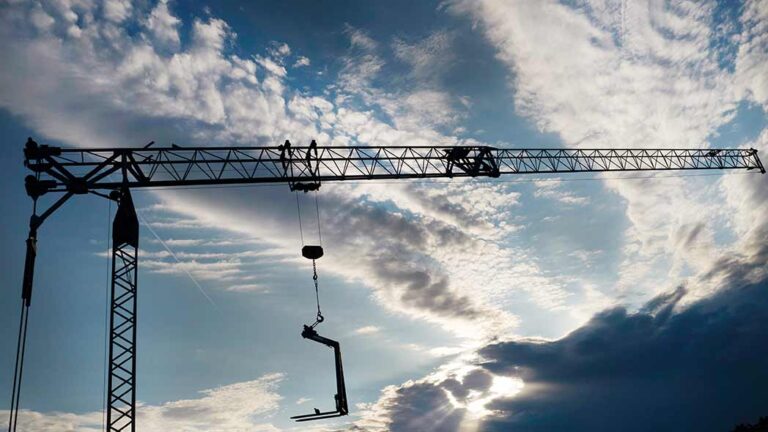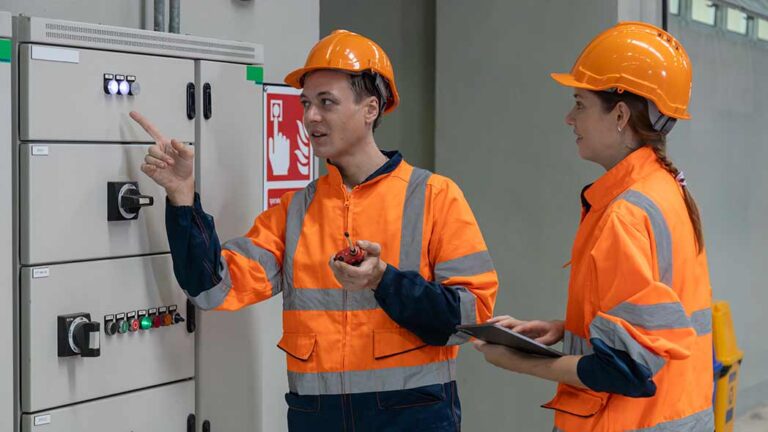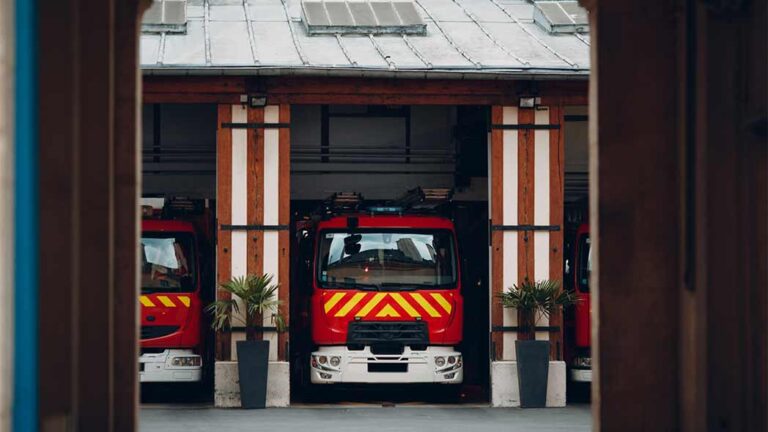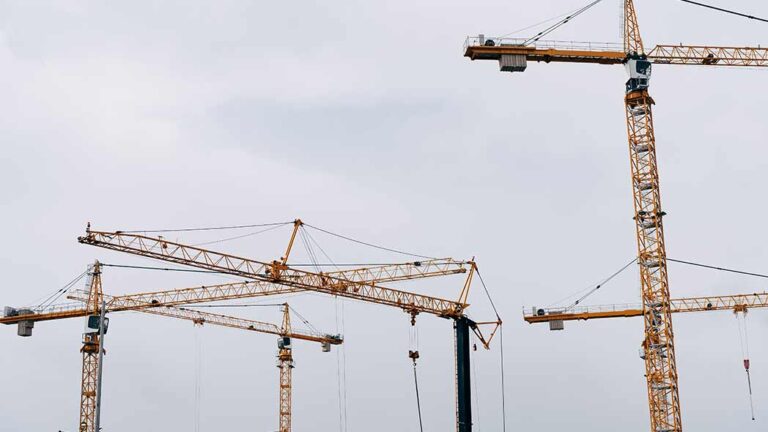The air corps was told three months ago it needs to monitor its workers’ exposure to harmful substances, observe their health for early detection, and give them the equipment to protect themselves against chemical exposure.
The five-page report from the Health and Safety Authority (HSA) was issued to the air corps last October. Inspections took place in February, April, and September 2016.
While the HSA report does not state what prompted the inspection, it entailed observation of workplaces, discussions with employees, and “investigation of an incident that was brought to our attention”.
The HSA report does not elaborate on what this incident entailed.
The report has 13 recommendations, which were not listed in order of priority.
“Failure to comply with this advice, and relevant legal requirements, may result in further enforcement action, including prosecution,” it warned.
The lengthier recommendations relate to the monitoring of employees’ health to detect illnesses early.
“Health surveillance should be among the necessary measures to be considered for controlling identified chemical exposure risks,” the report said.
“The putting-in-place of a programme to monitor employees’ actual exposure to particular, hazardous substances is another measure that should be considered as part of the risk-assessment process.”
Staff also need to be given equipment to protect themselves from chemical exposure, the HSA said.
“Adequate, and appropriately specified personal protective equipment, in particular protective gloves, eye protection, and respirators for protection against chemical exposure, must be readily available to employees, as required by relevant risk-assessment findings,” said the HSA report.
The air corps was told that it must review its risk-assessment process to address exposure of employees to hazardous substances.
This process must ensure that employees are informed and trained adequately.
This risk assessment must ensure that the current control measures suffice and assess if more are needed, the HSA said.
The health-and-safety measures at Baldonnel need to be in accordance with “established good industry practise”, the report noted.
“It is important to create a culture which encourages reporting of minor accidents and incidents from within the organisation,” said the HSA.
The report also makes reference to a recent asbestos survey.
“An appropriate asbestos management system should be implemented to ensure any risk arising from asbestos-containing materials, identified on site, is managed in accordance with advice from your competent consultant,” the HSA said.
“It is your responsibility to ensure the health and safety of employees and others, such as members of the public, who may be affected by the way you run your business.”
The air corps issued a two-page reply to the HSA last month.
In it, the safety officer said that the air corps will comply with the Safety, Health, and Welfare at Work Act and that it is “fully committed to implementing the improved safety standards that protect workers from potential exposures to chemicals, and will ensure risks are are as low as reasonably practicable”.
The reply outlined an eight-phase improvement plan, with a delivery target of December 2017, by which time the air corps will have implemented each part of this plan.
The air corps said that three of the eight phases — to do with the identification of chemicals, completion of chemical inventories, and the identification of so-called CMR (carcinogenic, mutagenic, reprotoxic) chemicals — will have been completed by January 10.
Additional paperwork and risk assessments will be finished by May, according to the schedule.
The final phase — the introduction of chemical awareness training — will be complete by the end of the year, with monthly training scheduled, the reply says.
“Carcinogenic and mutagenic chemicals will be subject to more stringent controls and these controls will be fully documented,” the air corps said, adding that it will swap out any CMR chemicals with less hazardous substances “where possible”.
The reply further makes pledges on protective equipment for staff, and states that the air corps will consider mobile extraction systems where ever practicable.
“Health surveillance and biological monitoring will be considered and documented on the activity-based risk assessments and the CMR additional risk assessment, where necessary,” it said.
“Chemical-awareness training and promotion of chemical safety will now be included in the annual training plan.”
Source : The Irish Examiner


